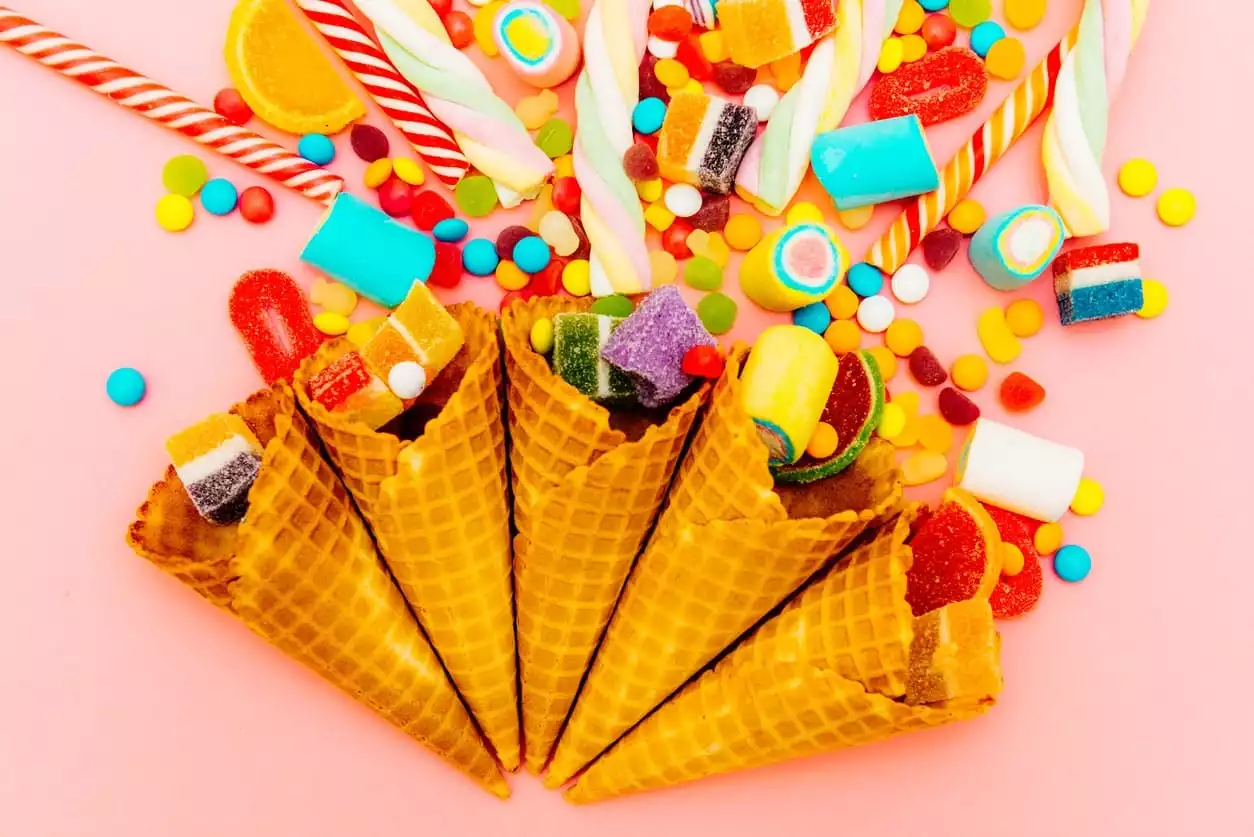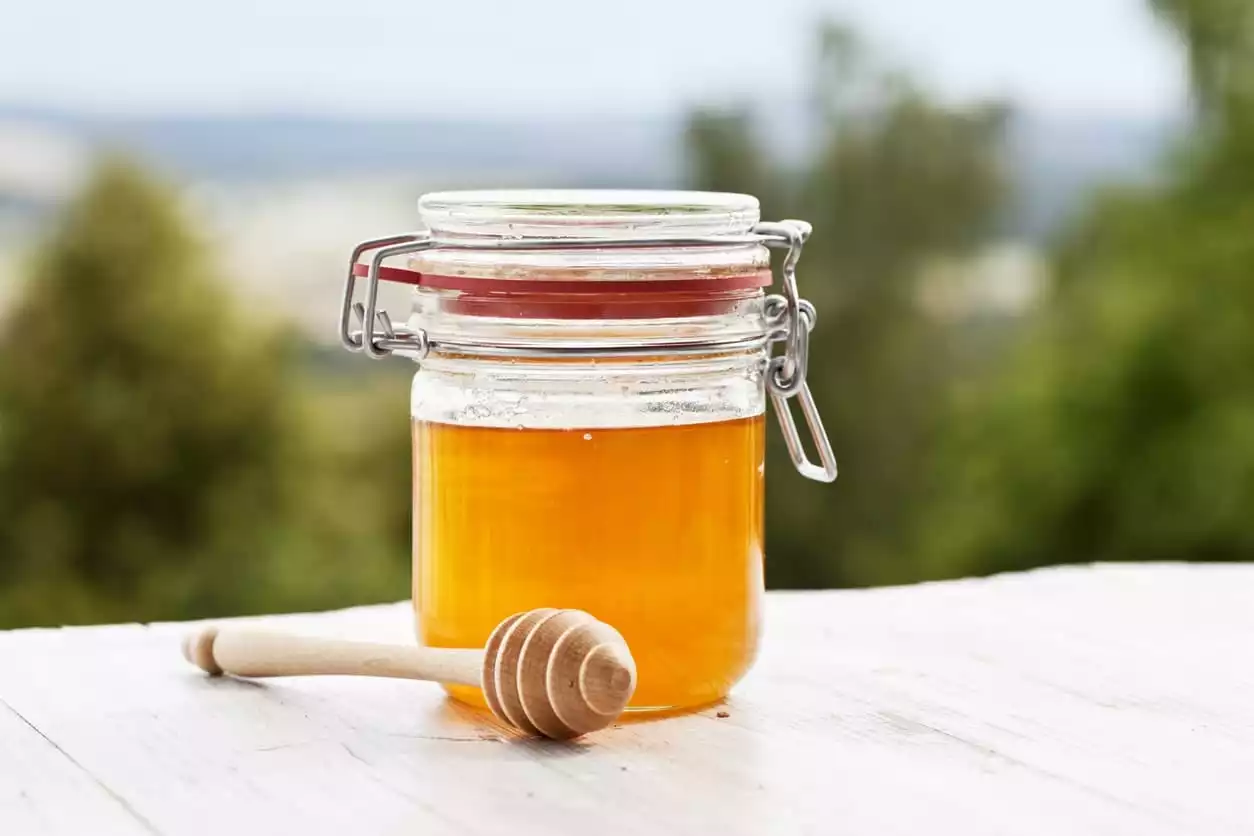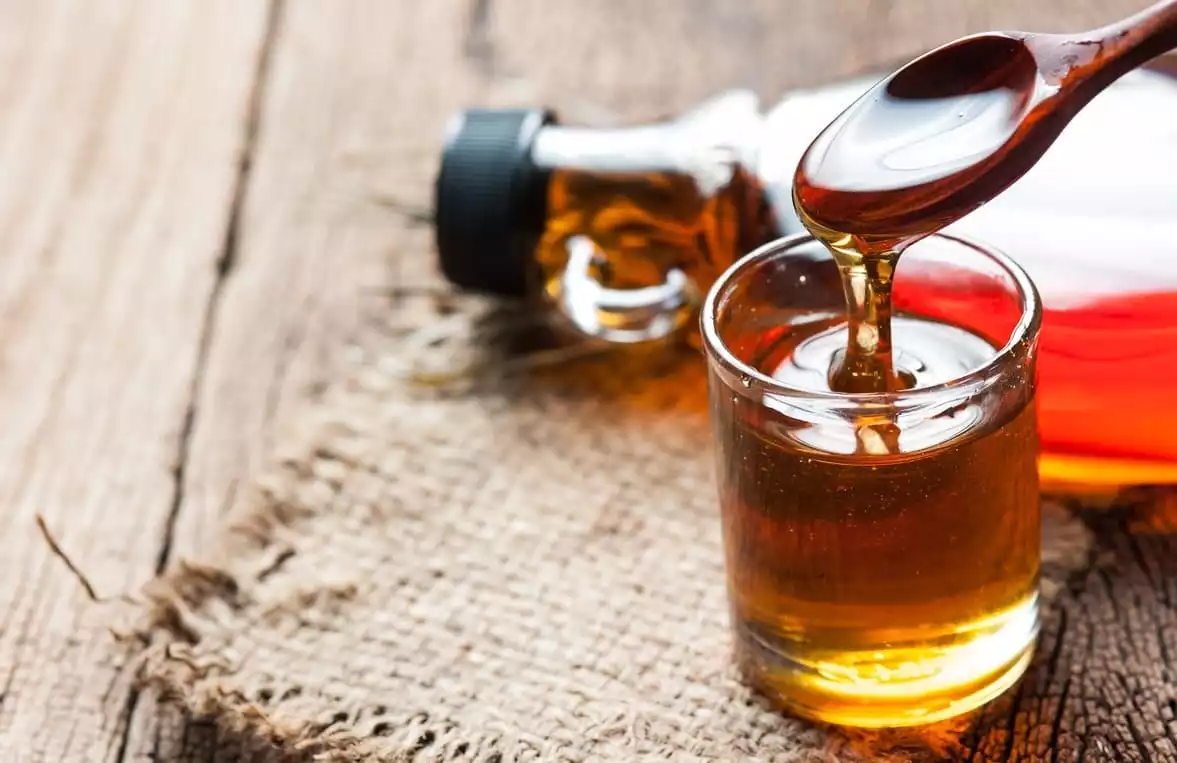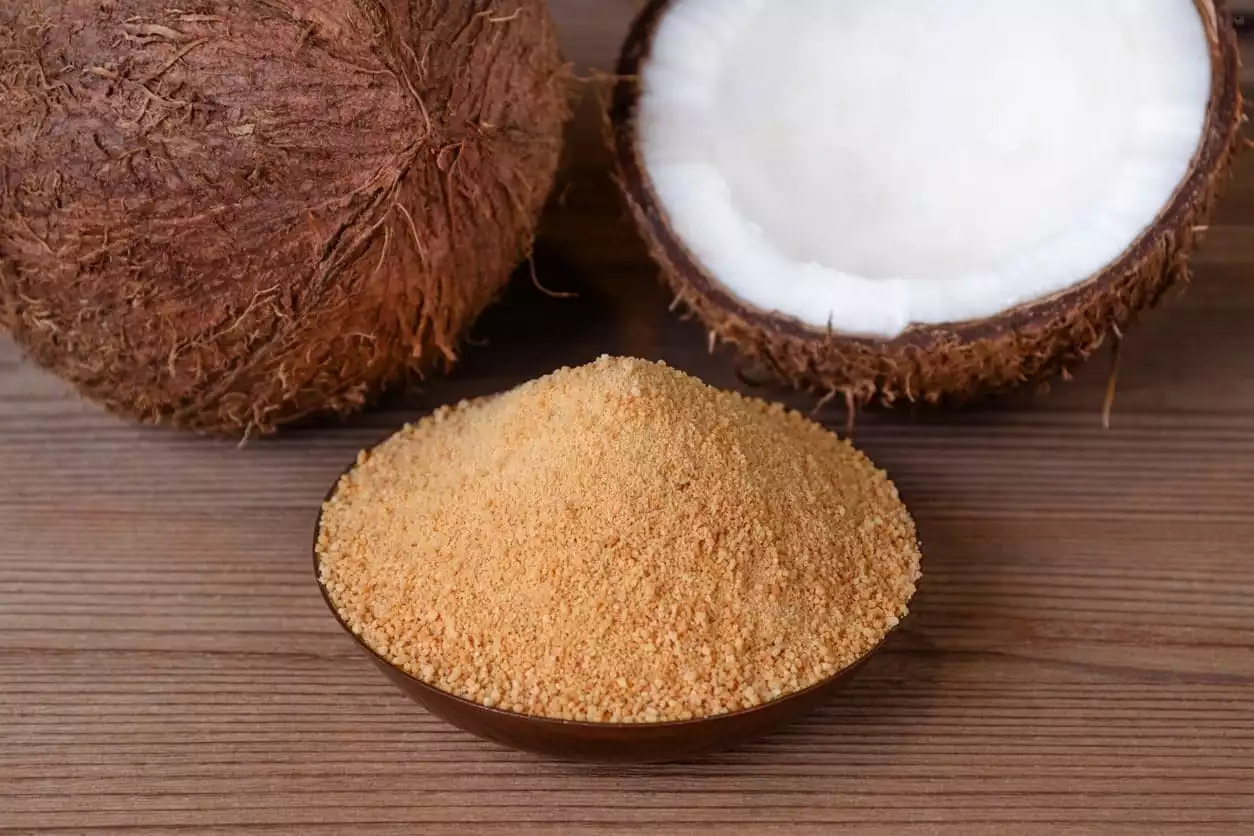
We all know that sugar is bad for us – but it seems impossible to avoid. With this list of good and bad sugars, you can make better decisions about your health.
Sugar is one of the most difficult ingredients to avoid. It seems to be in everything, from your iced tea to your pizza sauce.
If you’ve ever struggled with cutting down on your sugar intake, you’ll know just how challenging it can be to find foods that don’t contain added sugars, and plenty of it.
This time of years poses a particular challenge, as sugary sweets are as much of a holiday staple as string lights and Christmas music.
Naughty vs. Nice: What Is the Difference Between Good and Bad Sugars?
Though you might be tempted to indulge your sweet tooth more than usual during the holiday season, the impact on your health might be worse than you realize.
Aside from the obvious weight gain, sugar consumption is also associated with
- Anxiety
- Depression
- Premature aging
- Acne
- Insomnia
- Inflammation
- Hormone imbalances
- Immune deficiency
- Digestive issues
It’s also highly addictive, with some mean withdrawal side effects to watch out, for should you decide to eliminate added sugar from your diet.
Though this radical dietary shift could have tremendous benefits on your wellbeing, there are more wholesome replacements you can enjoy in moderation (25 grams or less is the nutritionist-recommended daily sugar intake), if you’re not prepared to give up sweets entirely.
Read on for a helpful breakdown of some familiar sweeteners, and some friendlier alternatives that you may want to become better acquainted with.
NAUGHTY: Cane Sugar
The most ubiquitous sweetener in today’s market is, unfortunately, one of the most damaging to our health.
While not as bad as the rightfully vilified high fructose corn syrup, cane sugar—whether white, brown, raw, organic or otherwise—wreaks havoc on our bodies, including our brains.
All sugars contain glucose and/or fructose in various concentrations, and while your body metabolizes these differently, both are problematic in excess.
Though fructose doesn’t raise blood sugar levels as dramatically as glucose, it still takes a heavy toll on the liver, as excess fructose is converted into cholesterol and triglycerides.
Cane sugars contain equal amounts of both glucose and fructose and raises blood sugar levels rapidly, prompting your body to release insulin to remove the blood sugar (which creates inflammation and disrupts your microbiome).
This results in a blood sugar crash, triggering the release of cortisol to move stored sugar back into your bloodstream.
Since your brain needs steady sugar levels to function, this rollercoaster of a process leads to
- Carb and sugar cravings
- Headaches
- Irritability
- Anxiety and depression.
In light of this, “comfort food” might take on a whole new meaning!
NICE: Honey
Though honey also contains a balance of glucose and fructose, it’s lower on the glycemic index than cane sugar and contains a plethora of nutrients and enzymes that help your body recognize and digest it much more cleanly and gradually.
Though it should still be consumed in moderation, raw, unheated honey has so many health benefits that the good might outweigh the bad in this case. Nice!
NAUGHTY: Molasses
Although it boasts a surprisingly strong nutritional profile (more potassium than a banana!), molasses is essentially a byproduct of cane sugar, so it rests firmly in the “Naughty” category.
Sorry, gingerbread cookies.
NICE: Maple Syrup
While this sweetener teeters on the edge of “Naughty” due to its high sugar content, if you’re wondering whether to choose maple syrup or powdered sugar as your pancake topping, maple syrup is the lesser of two evils.
In its pure form (not Mrs. Butterworth’s), maple syrup is relatively unprocessed and contains a variety of beneficial trace minerals.
Once in a while, this indulgence shouldn’t hurt you.
NAUGHTY: Sugar Alcohols (Erythritol, Malitol, Xylitol)
Some consumers favor these substitute sweeteners for their low calorie content and their negligible impact on blood sugar. But we aware, they’re not as innocent as they seem.
By tricking your tongue with their artificial sweetness, they send signals to your brain that stimulate your appetite for high-calorie foods and reduce your body’s ability to regulate caloric intake.
Studies have demonstrated that prolonged use of these addictive sweeteners can actually result in weight gain. This is due to its effect on the appetite.
They’re also a common source of digestive issues, as they’re stressful on the GI tract. Not so nice, after all.
NAUGHTY: Stevia
Though this calorie-free sweetener from the stevia plant leans toward the “Nice”-r side, the fact that it’s chemically processed and mixed with sugar alcohols pushes it more into “Naughty” territory.
NICE: Coconut Sugar
This great-tasting sweetener is catching fire in the health food industry, as more people are becoming aware of the benefits of this convenient cane sugar substitute.
While you might be initially drawn to it for its lower glycemic index, coconut sugar also contains an impressive variety of nutrients as well as inulin, a fiber known to slow glucose absorption.
In moderation, this sweetener makes a terrific alternative to cane sugar. Sweet!
NAUGHTY: Agave
Despite its inclusion in a number of otherwise healthy foods, agave is actually one of the most harmful sweeteners out there.
The agave you’re likely to find in stores is not the antioxidant-rich Miel de agave renowned by the Aztecs.
However, it is, in fact, an antioxidant-barren, over-processed sweetener subjected to a treatment nearly identical to high fructose corn syrup.
What’s more, agave actually contains more fructose than high fructose corn syrup, or anything else on the market!
Agave’s scientific name is “hydrolysed high fructose inulin syrup,” and it’s notorious for causing acne flare-ups.
The high amount of fructose poses dangers to the cardiovascular system, and increases bodily inflammation and cellular damage as it’s metabolized. Very naughty, indeed.
NICE: Monkfruit Sweetener
If you’ve recently noticed this sweetener showing up on the shelves of health food stores or on the list of ingredients in certain nutritive beverages, there’s good reason.
This no-calorie, keto-friendly natural sweetener is as low-impact as artificial sweeteners, but without the unpleasant side effects.
In fact, monkfruit actually contains anti-inflammatory properties and can stabilize blood sugar levels. It doesn’t get much nicer than that!
Conclusion
Knowing which types of sugars and artificial sweeteners are okay to indulge in, and which you should avoid is not can help you be much more mindful of your health.
Bad sugars that you should avoid include:
- Cane sugar
- Molasses
- Sugar Alcohols (Erythritol, Malitol, Xylitol)
- Stevia
- Agave
Rather than indulging in the 5 types of sweeteners above, try to choose a healthier alternative:
- Honey
- Maple syrup
- Coconut Sugar
- Monkfruit Sweetener
This article was written by Kelly Schreiber; Wellness Consultant and Post Office Manager at Burt’s Pharmacy and Compounding Lab. This article originally appeared in Dos Vientos Living Magazine.

 info@burtsrx.com
info@burtsrx.com


